
Ptilinopus iozonus
Ptilinopus iozonus,Orange-bellied Fruit-dove
Its scientific name is Ptilinopus iozonus, and its foreign name is Orange-be···
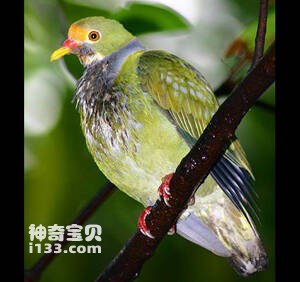
Ptilinopus aurantiifrons
Ptilinopus aurantiifrons,Orange-fronted Fruit-dove
Ptilinopus aurantiifrons, or Orange-fronted Fruit-dove. It lives in small gr···
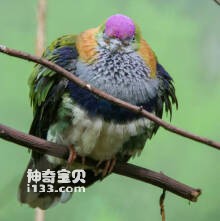
Ptilinopus superbus
Ptilinopus superbus,Superb Fruit-dove,Purple-crowned Pigeon
Magnificent Fruit dove scientific name Ptilinopus superbus, foreign name Sup···
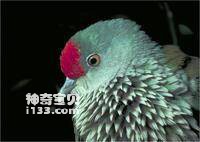
Ptilinopus perousii
Ptilinopus perousii,Many-coloured Fruit Dove
Ptilinopus perousii and Many-coloured Fruit Dove are unknown.Listed in the I···

Ptilinopus rarotongensis
Ptilinopus rarotongensis,Cook Islands Fruit-dove
Its scientific name is Ptilinopus rarotongensis, and its foreign name is Coo···
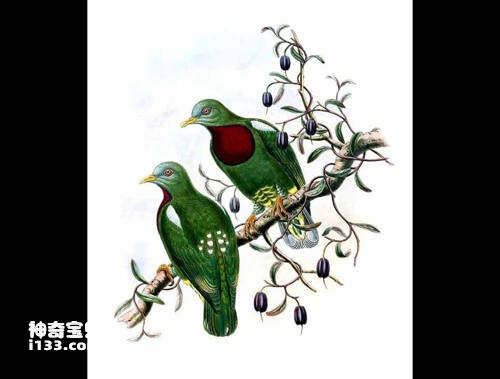
Ptilinopus eugeniae
Ptilinopus eugeniae,White-headed Fruit-dove
Its scientific name is Ptilinopus eugeniae and its foreign name is White-hea···
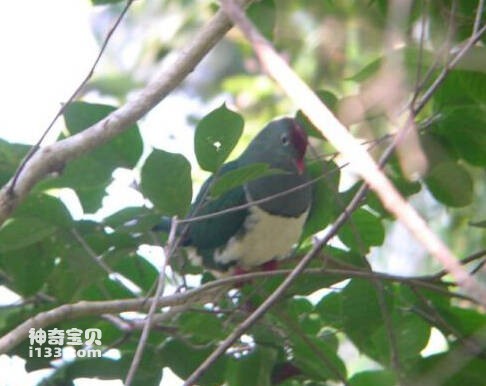
Ptilinopus merrilli
Ptilinopus merrilli,Cream-bellied Fruit-dove,Cream-breasted Fruit Dove
Its scientific name is Ptilinopus merrilli, and its foreign names are Cream-···

Ptilinopus ornatus
Ptilinopus ornatus,Ornate Fruit-dove,Ornate Fruit Dove
Its scientific name is Ptilinopus ornatus, its foreign name is Ornate fruit-···
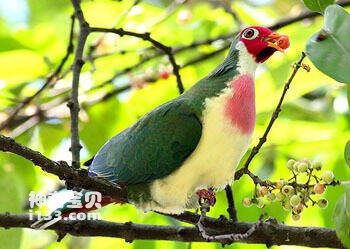
Ptilinopus jambu
Ptilinopus jambu,Jambu Fruit-dove
Its scientific name is Ptilinopus jambu, and its foreign name is Jambu Fruit···
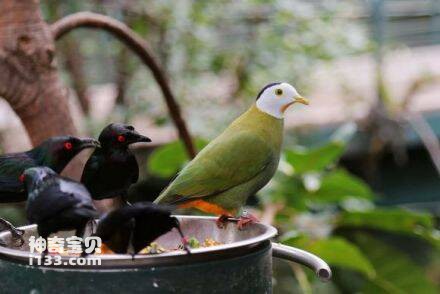
Ptilinopus melanospila
Ptilinopus melanospila,Black-napped Fruit Dove
Its scientific name is Ptilinopus melanospila, and its foreign name is Black···
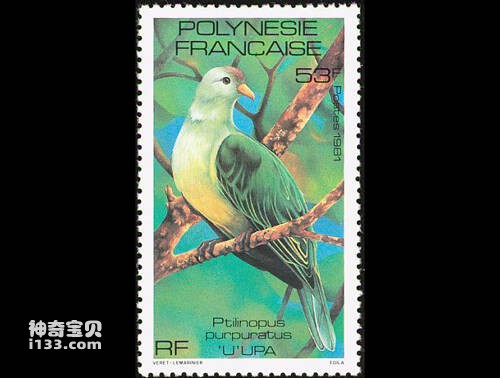
Ptilinopus purpuratus
Ptilinopus purpuratus,Grey-green Fruit-dove,Grey-green Fruit Dove
Its scientific name is Ptilinopus purpuratus, and its foreign names are Grey···

Ptilinopus perlatus
Ptilinopus perlatus,Pink-spotted Fruit Dove
Its scientific name is Ptilinopus perlatus, and its foreign name is Pink-spo···
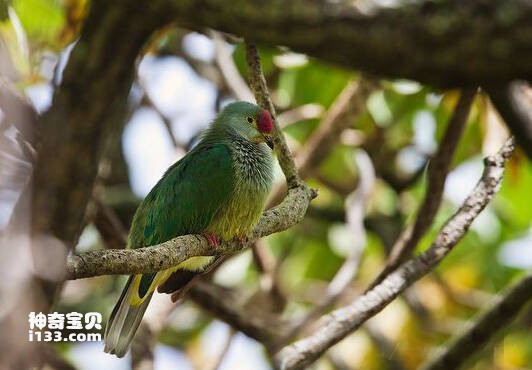
Ptilinopus insularis
Ptilinopus insularis,Henderson Fruit-dove,Henderson Island Fruit-dove,Scarlet-capped Fruit Dove
Its scientific name is Ptilinopus insularis, and its foreign names are Hende···

Ramphiculus subgularis
Ramphiculus subgularis,Banggai Fruit Dove
Banggai Fruit Dove (scientific name: Ramphiculus subgularis), no subspecies.···
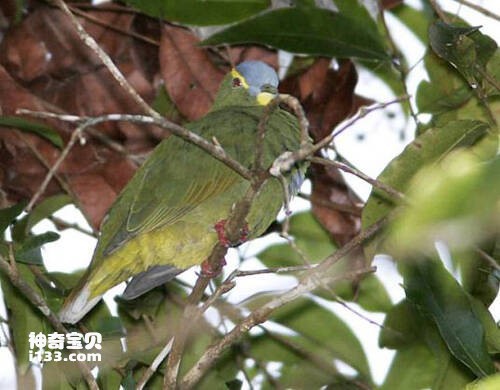
Ptilinopus monacha
Ptilinopus monacha,Blue-capped Fruit-dove,Blue-capped Fruit Dove
Its scientific name is Ptilinopus monacha, and its foreign names are Blue-ca···
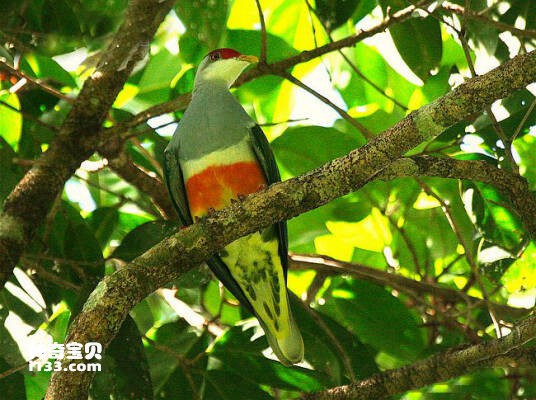
Ptilinopus wallacii
Ptilinopus wallacii,Wallace's Fruit-dove,Wallace's Fruit Dove
Scientific name Ptilinopus wallacii, foreign name Wallace' s Fruit-dove,···
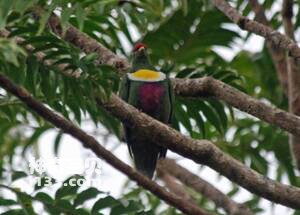
Ptilinopus rivoli
Ptilinopus rivoli,White-bibbed Fruit Dove
The behavior of the White-bibbed Fruit Dove (Ptilinopus rivoli) is unknown.P···
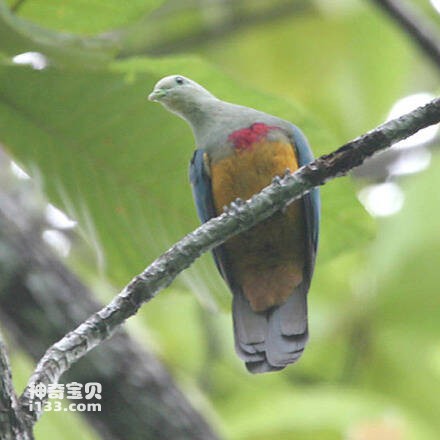
Ptilinopus bernsteinii
Ptilinopus bernsteinii,Scarlet-breasted Fruit-dove
Ptilinopus bernsteinii or Scarlet-breasted Fruit-dove is unknown.Listed in t···
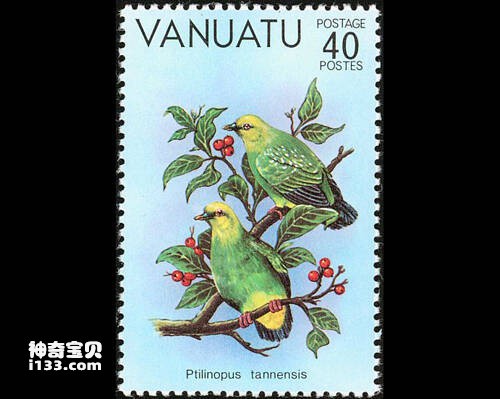
Ptilinopus tannensis
Ptilinopus tannensis,Tanna Fruit-dove
Ptilinopus tannensis and Tanna Fruit-dove are unknown.Listed in the Internat···
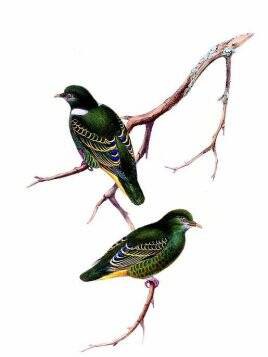
Ptilinopus nanus
Ptilinopus nanus,Dwarf Fruit-dove,Ptilinopus naina
Its scientific name is Ptilinopus nanus, and its foreign names are Dwarf Fru···
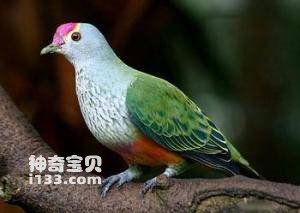
Ptilinopus regina
Ptilinopus regina,Rose-crowned Fruit-dove
The Rose-crowned Fruit-dove (Ptilinopus regina), with five subspecies, is a ···
